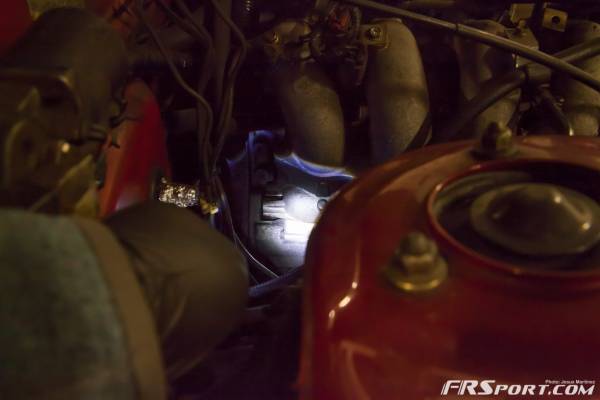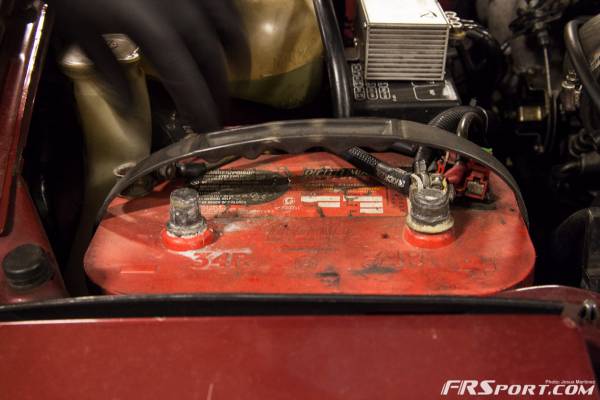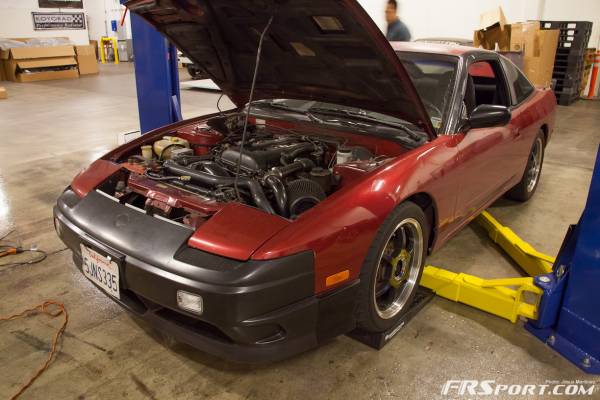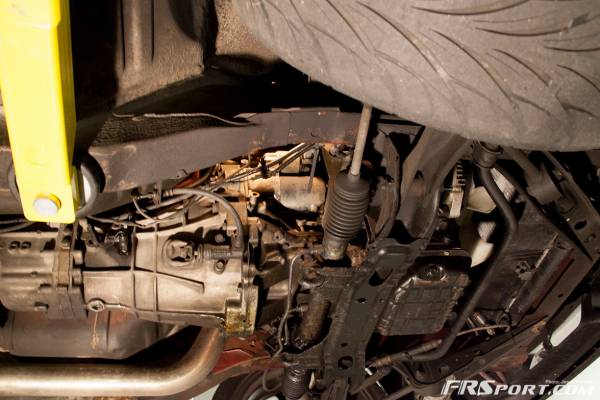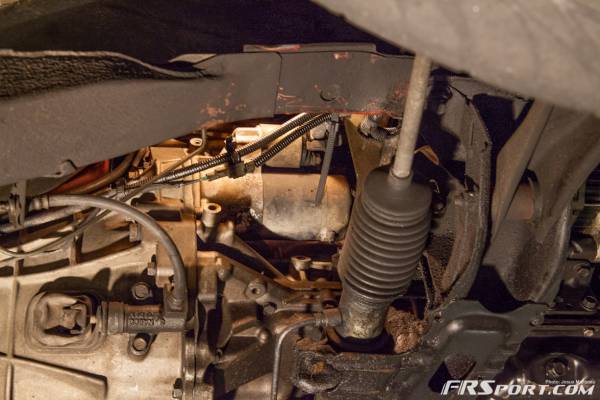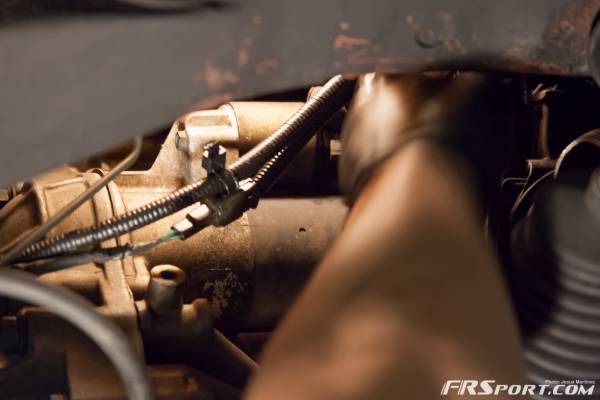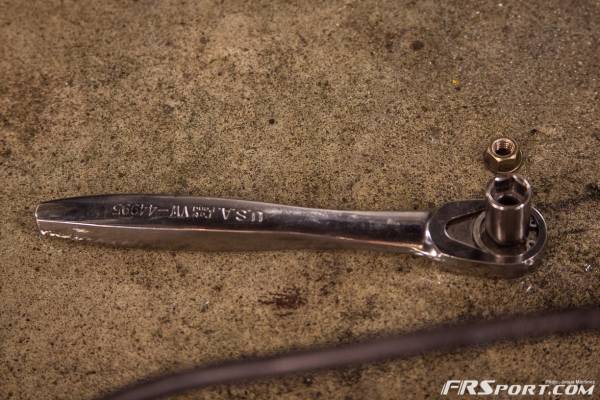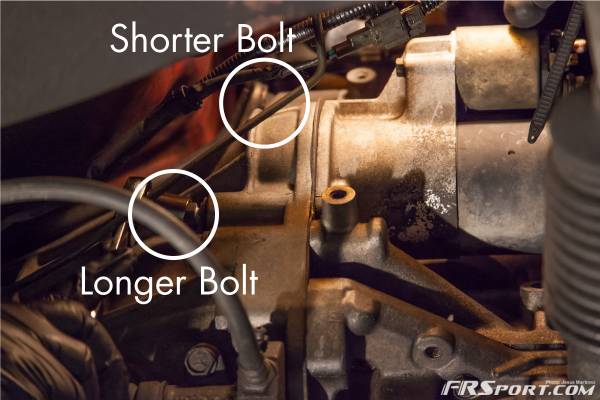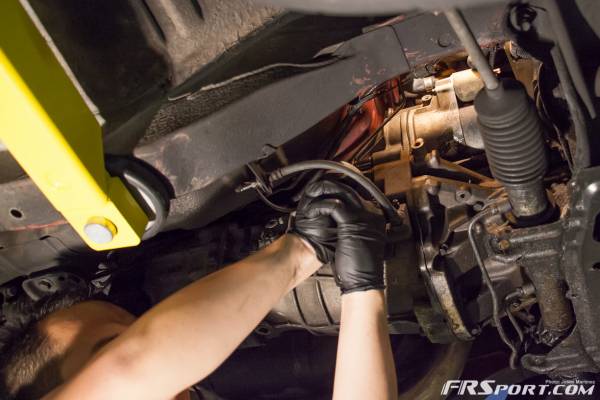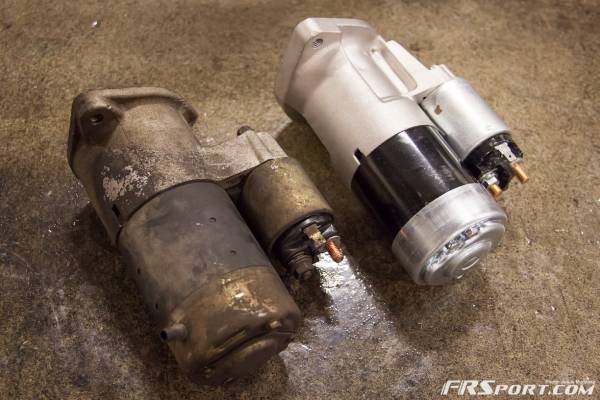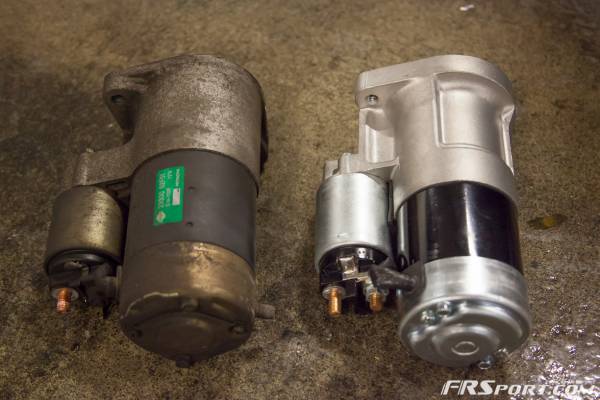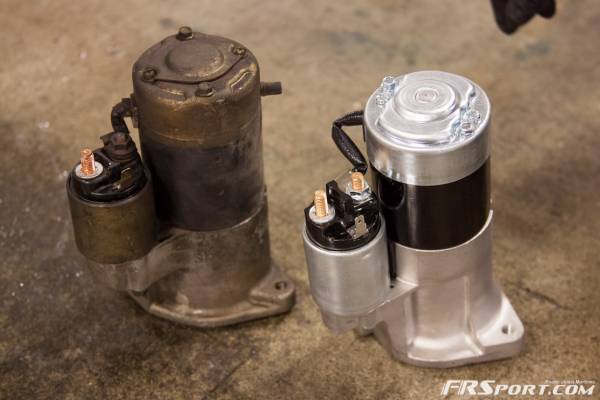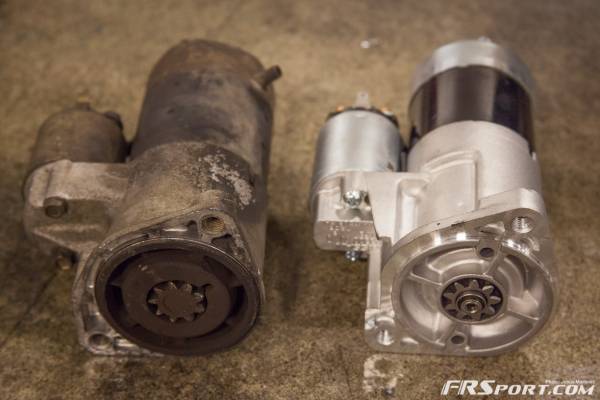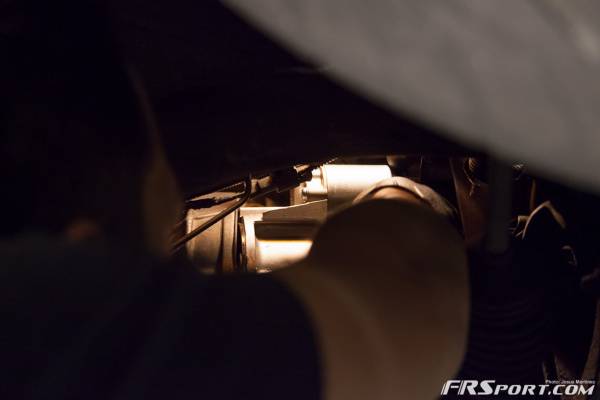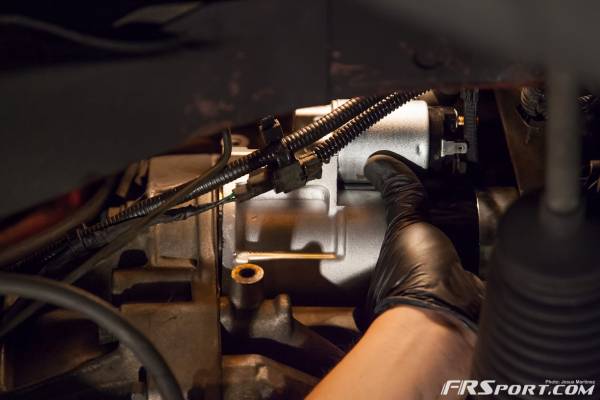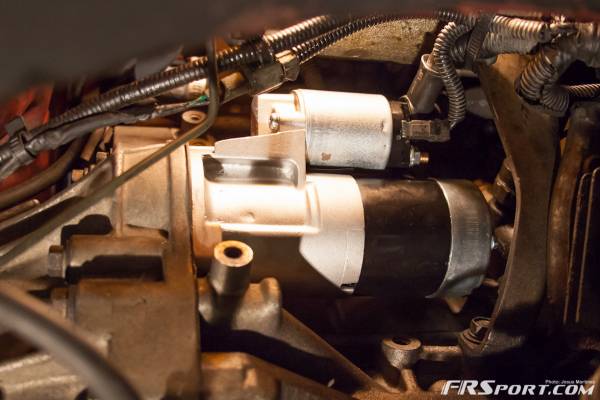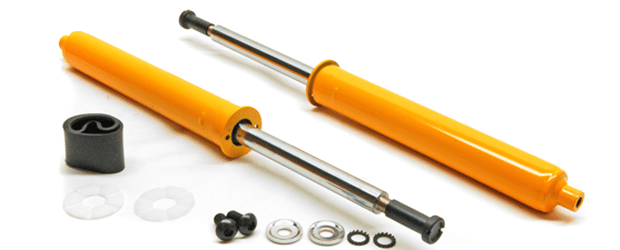Working on your vehicle comes about primarily for two reasons. One, you want to upgrade or improve something in your vehicle and two there is something you have to fix in order for it to keep working. For me it was the latter reason that forced me to replace my busted OEM starter before I could begin on any cosmetic upgrades.
I started noticing problems when I would be at my driveway and my car wouldn’t start immediately. It didn’t even make any noise for that matter. The radio would turn on and all the electronics seemed to function, yet as far as the ignition went, nothing happened when I turned the key. All I could hear was subtle clicking.
It was only until it happened at work that my boss and co-workers suggested that I check my starter. “How do I check my starter and make sure it isn’t anything else”, I asked. Someone suggested I bang on the OE starter and see if that would initiate ignition. So we went outside and banged on the starter which is located on the passenger side of the transmission bell housing. After doing so the car turned on and we were assured my starter was going out. Luckily for me I work at FRSport and we normally have SR20DET Aftermarket Starters in stock.
I decided to go with a Circuit Sports unit (Model# STA-52F00-AL) and we got everything ready to perform the starter swap.
These are some of the things we needed before we started:
- We needed to place the car on the lift, so we turned it on. If you don’t just happen to have a lift in your garage you will need to raise your car as safely as possible (jack stands, car jack, etc.). It is almost impossible to take out the S13SR20DET starter from the top
- You will need a standard ratchet
- A 12mm and a 14mm Socket
- A couple of lamps to orient you better
- The replacement Starter
1. The very first thing you need to do is to remove the negative lead from your battery and secure it so that it won’t accidentally become loose and touch the post. There is a lot of electricity running to the starter and it is a perfect spot to get a nasty shock.
2. Raise your car to a comfortable level as it is way easier to attack this part from the bottom. The starter is located next to the SR20DET Bell Housing. It sits on the passenger side of it. If you have an American 240sx it is very easy to get to and the following procedures demonstrate the removal and installation of the Circuit Sports Starter. If you have a JDM vehicle or a right hand drive conversion you might have a little bit of trouble removing the starter due to the driveshaft being in the way.
3. Once you have the car at an appropriate level you can begin the removal. First disconnect the connections on the far right of the starter. There should be a total of 2 connections that will be disconnected.
4. Unplug the signal cable from the starter. This connection should simply slide off with a little bit of force. This connection receives the signal from turning your key and the other is a lead from the battery.
5. With the 12mm socket in the ratchet peel back the protective plastic covering and remove the second connection from the starter by unscrewing the nut. This is where the starter draws the electricity from the motor.
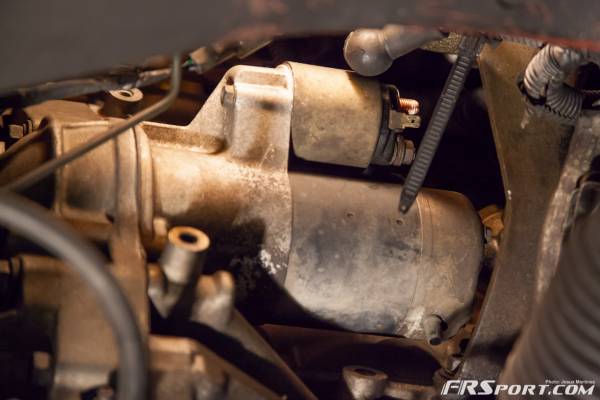
6. Next swap out the 12mm socket for the 14mm and remove the 2 bolts holding the starter to the transmission
7. As seen on the images the two bolts are located on the left side of the starter. We have them circled here.
8. It doesn’t matter which one you take out first just remember that the shorter bolt is found towards the top of the starter/transmission and the longer bolt is located towards the bottom. These can sometimes be tightened very hard so you might want to apply some PB blaster before you attempt to remove them.
9. Once the bolts are out you are ready to remove the starter. It should already be very loose. To remove it raise the right side of the starter up as shown in the image and pull it down. We are now ready to install the Circuit Sports unit. Check out the differences below.
As you can see there are some differences between the oem starter and the Circuit Sports one, but the connecting areas are identical.
10. Installation is essentially the opposite of the removal although there is something to note upon installation. When you are mating the surfaces of the starter and the transmission together again, make sure that they seat properly. There is a little ridge that has to connect in order for the two bolts you removed to connect or thread properly. Wiggle it if you must until you feel it is connected right.
11. After you have successfully connected everything together. Lower your car safely and connect the negative terminal of your battery.
The circuit sports starter should start up without a problem, there is a little bit of a different sound emanating from it but it gets the job done.
Cheers.

